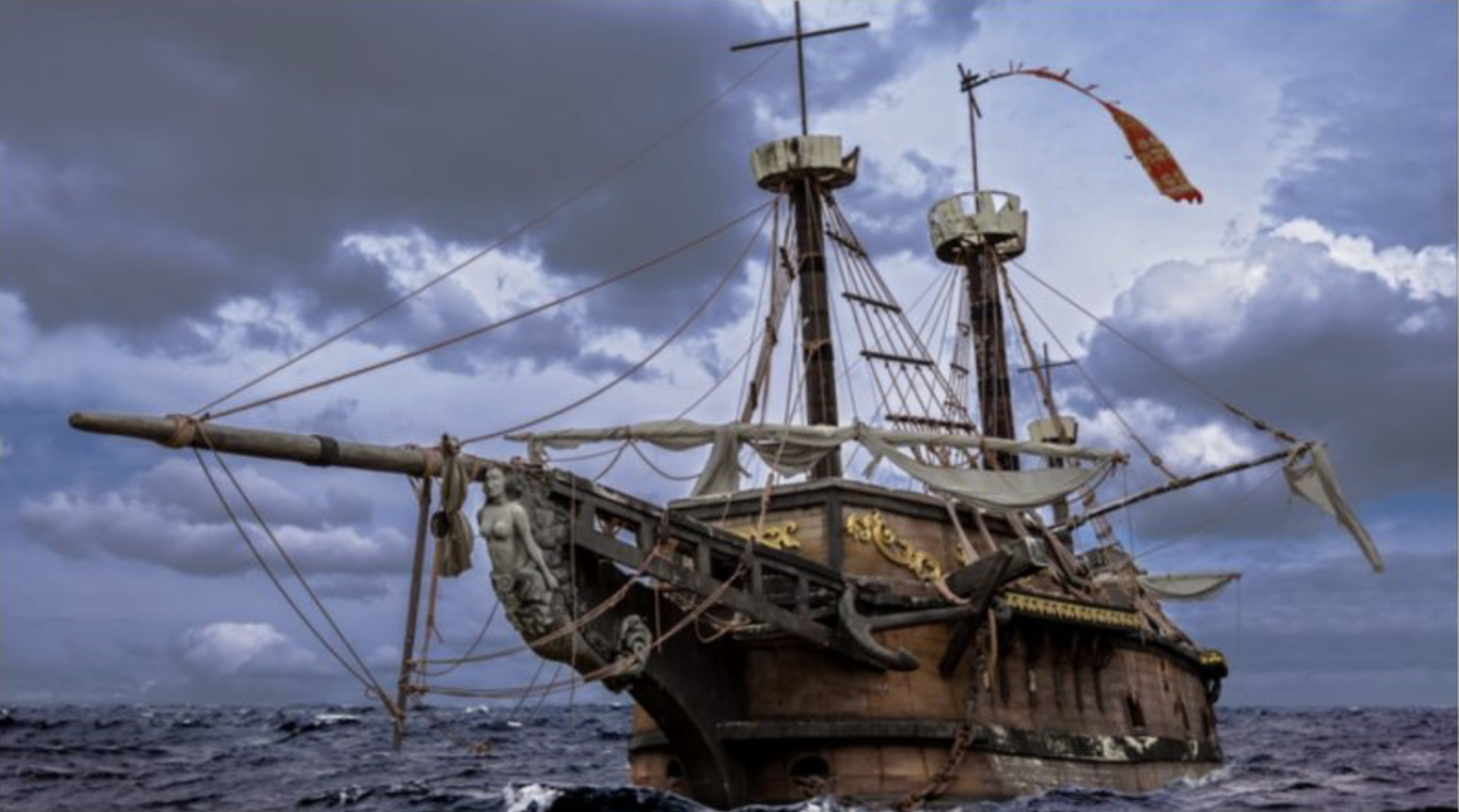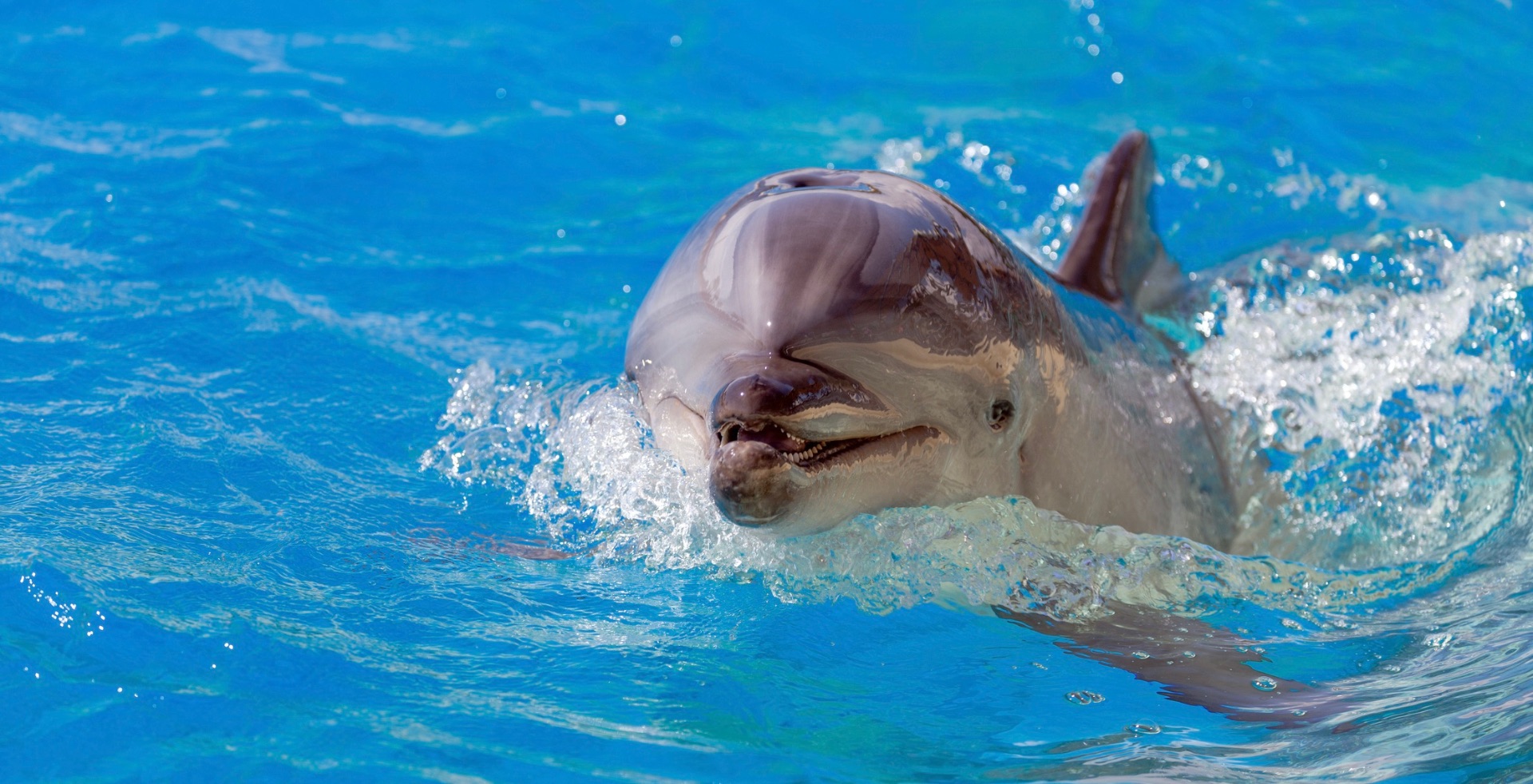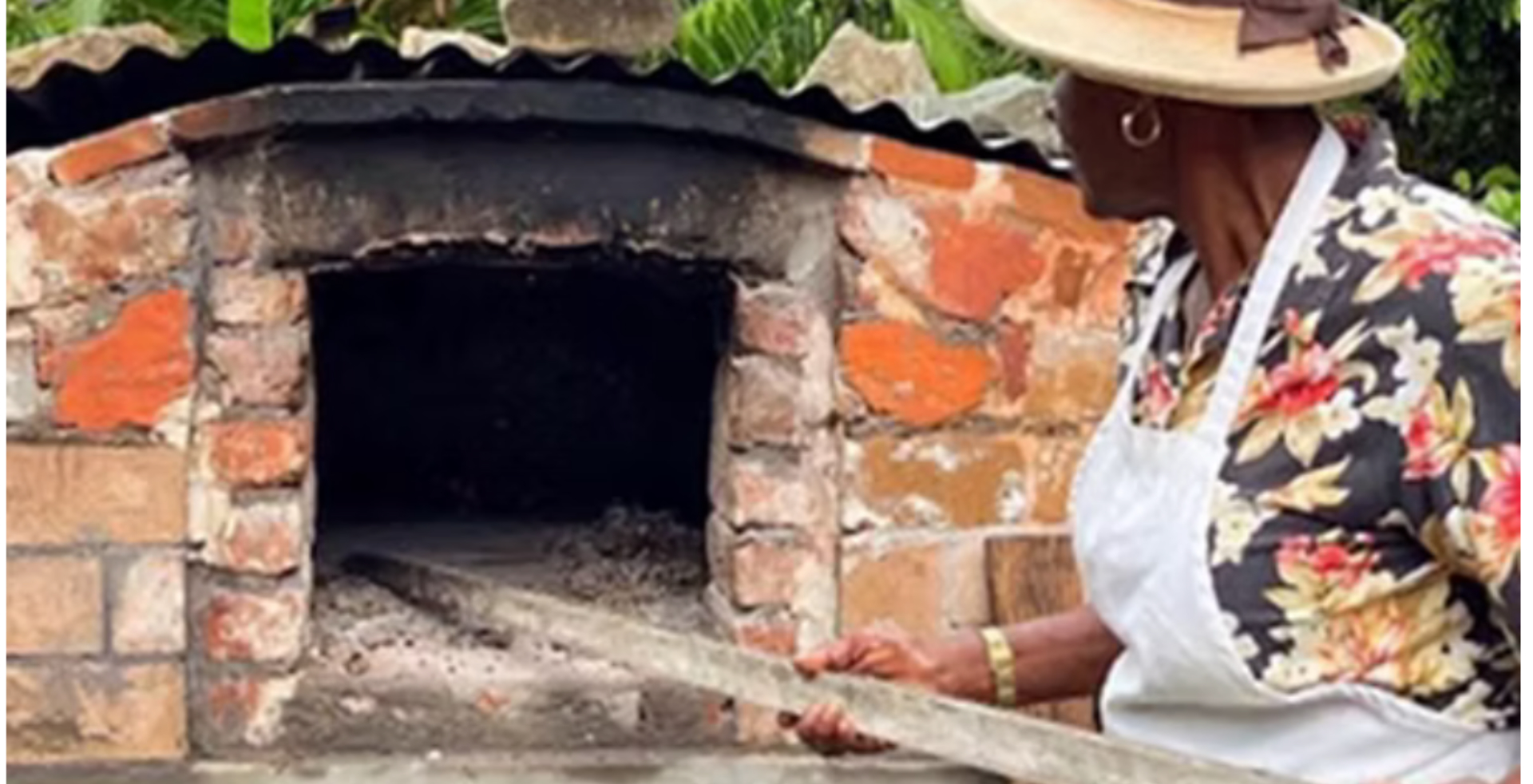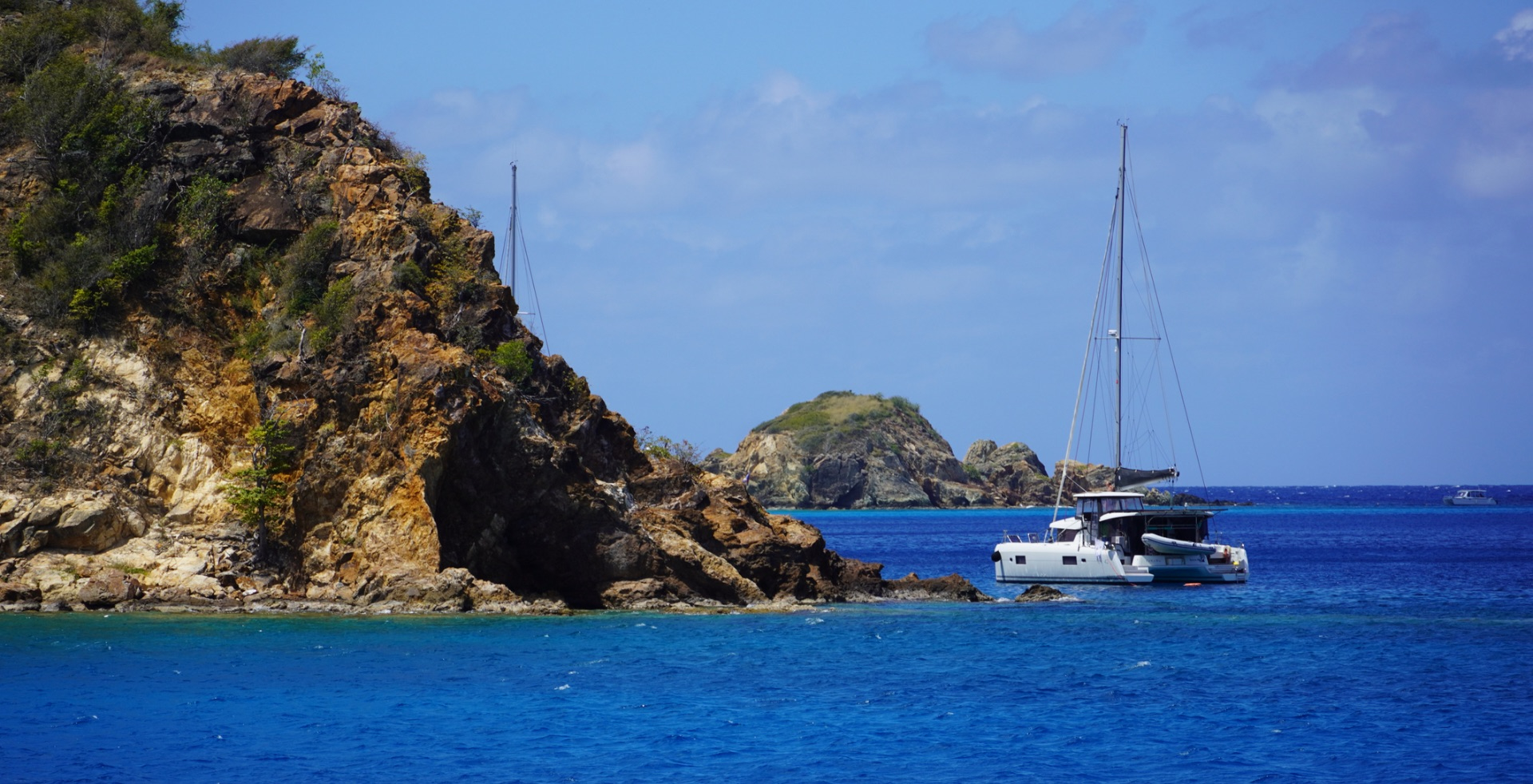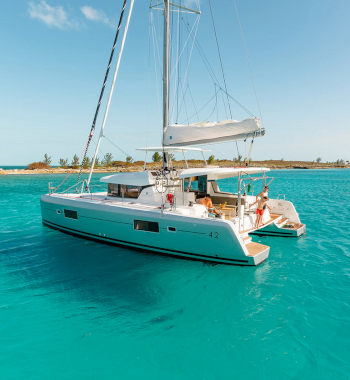Noah’s Story: The Journey to Save a BVI Sea Turtle
It never ceases to thrill me when I observe a sea turtle gliding past in the water, its sturdy flippers propelling it with single-minded determination. “Where is it going?” I marvel, as this wonderous creature continues on its solitary journey to an unknown destination.
The British Virgin Islands is a nesting ground to three species of marine turtles: the hawksbill (Eretmochelys imbricata), green (Chelonia mydas) and leatherback (Dermochelys coriacea), locally known as “Trunk.” These fascinating creatures are an integral part of the BVI marine ecosystem, and studying them has become important work for local marine organizations.

Marine biologist, Dr. Shannon Gore encounters sea turtles as a matter of course, and a number of years ago, I was fortunate to accompany her on one of her expeditions. She and a team from the BVI Department of Conservation and Fisheries were on the lookout for sea turtles in what seemed like the most improbable manner. Wearing a snorkel and mask, and attached by a rope, Shannon was pulled behind a small powerboat, keeping an eye out for turtles passing beneath her.
“Got it!” cried Shannon as she held up a small turtle and then handed it up to the crew on the boat. The turtle was duly measured, weighed, tagged and gently returned to the sea. To my delight, it set off again, as if its interaction with these strange humans had never happened.
Today, Shannon is the Managing Director of ARK, (the Association of Reef Keepers). A not-for-profit marine conservation organization, ARK is dedicated to ensuring the preservation and sustainability of the BVI marine environment. Dr. Gore, along with other organization members, have been instrumental in a variety of essential turtle conservation efforts and programs, most recently, the Steel Project (Sustaining Turtles and Environments, Economies and Livelihoods). The project is part of a three-year Darwin Initiative, a UK government grants scheme which helps to protect biodiversity and the natural environment globally through locally based projects.

The Steel project led ARK in a new and heartwarming direction when on the 29th of September, 2020, a green sea turtle was captured off Peter Island with the intention of being tagged and released – similar to what I had observed when I accompanied Dr. Gore years earlier.
Noah, as he was eventually named, was found to be suffering from Fibropapilloma (FP), a disease associated with a Cheloinian Herpesvirus and he was covered in tumors. Concerned that it could potentially transmit the disease to other turtles, the scientists transported him to Canines, Cats and Critters, a veterinary clinic on Tortola, for assessment. While the turtle awaited treatment, a home was found for him at the Marine Science Center at the H. Lavity Stoutt Community College (HLSCC) in Paraquita Bay.
How to help Noah was the pressing question. After consulting with leading sea turtle vets throughout the region, the team determined that removing the turtle’s tumors as soon as possible was imperative. And rather than utilizing traditional surgical methods, they would employ a CO2 laser; the state-of-the-art procedure would be less invasive and the recovery time would be shorter. Without hesitation, the ARK members set about raising funds to purchase one.
In the meantime, a group of dedicated volunteers pitched in to help with Noah’s care. Among them were students and staff at the HLSCC, who maintained the water quality of Noah’s tank, and ARK volunteers who kept him fed. “With the amount of squid that turtle ate, I was surprised the grocery stores never ran out,” noted Dr. Gore.

In March, Dr. Adam Burch, a veterinarian at Canine Cats and Critters removed the tumors and Noah continued his recovery in a facilityat the CTL Home Center in Fish Bay. By May, Noah had fully recovered. So one day at the end of May, a boat filled with the many volunteers who had helped this one exceptional turtle, set out to sea. As they cheered him on, he was released into the water; Noah’s long road to recovery had at last come to a happy ending.
“I’ve captured, tagged and released hundreds of turtles but this one was special,” concluded Shannon Gore. “Bringing together a village of kind-hearted people to get through an incredible 234-day journey just to save one small turtle was incredibly inspiring to me personally. It has now opened the doors to help save so many other turtles. “
Since Noah’s capture, several more cases of Fibropapilloma have been found in BVI waters. While the origin of the disease is unknown, ARK is collaborating with researchers in Grenada and Florida, who are studying the disease to better understand its spread both locally and regionally through blood and genetic analysis. This research will be carried out alongside the Steel Project.
The project is in partnership with the Marine Conservation Society UK, ARK, the Government of the Virgin Islands and the University of Exeter.
To learn more about ARK and its various marine programs, including the Steel Project go to

